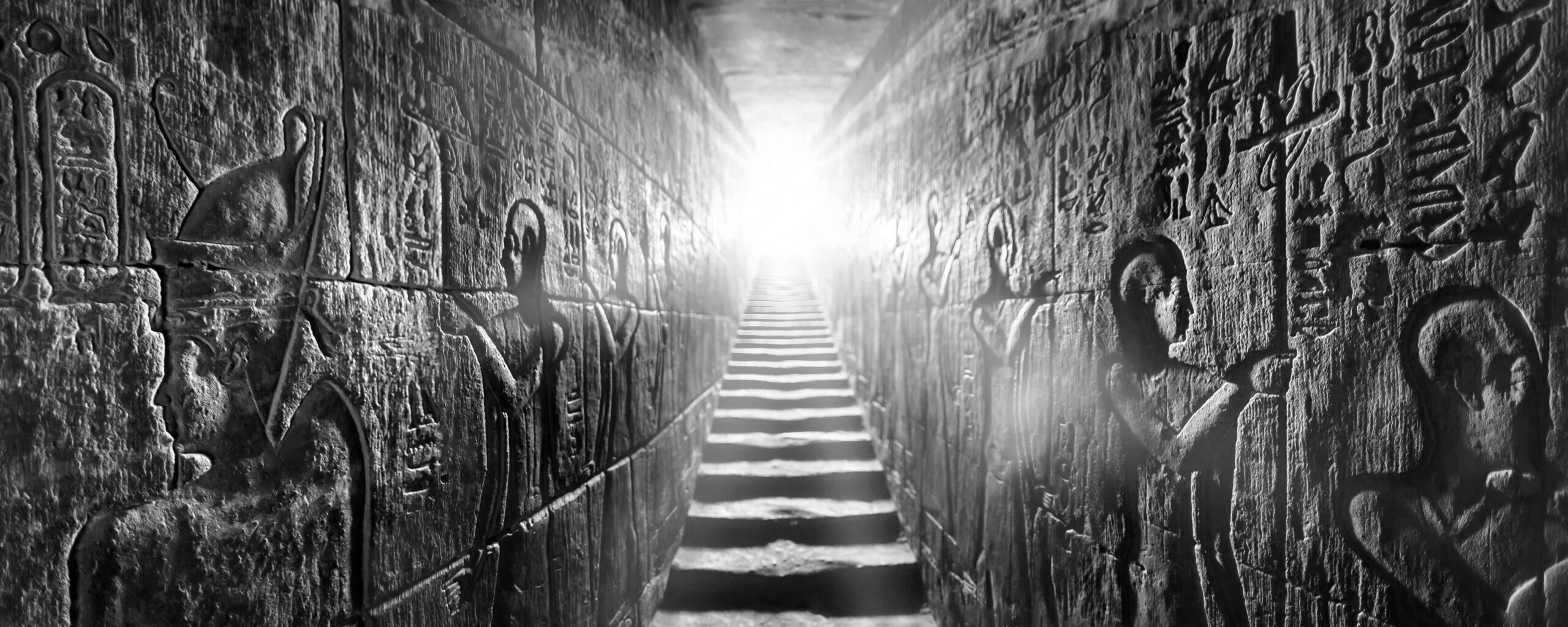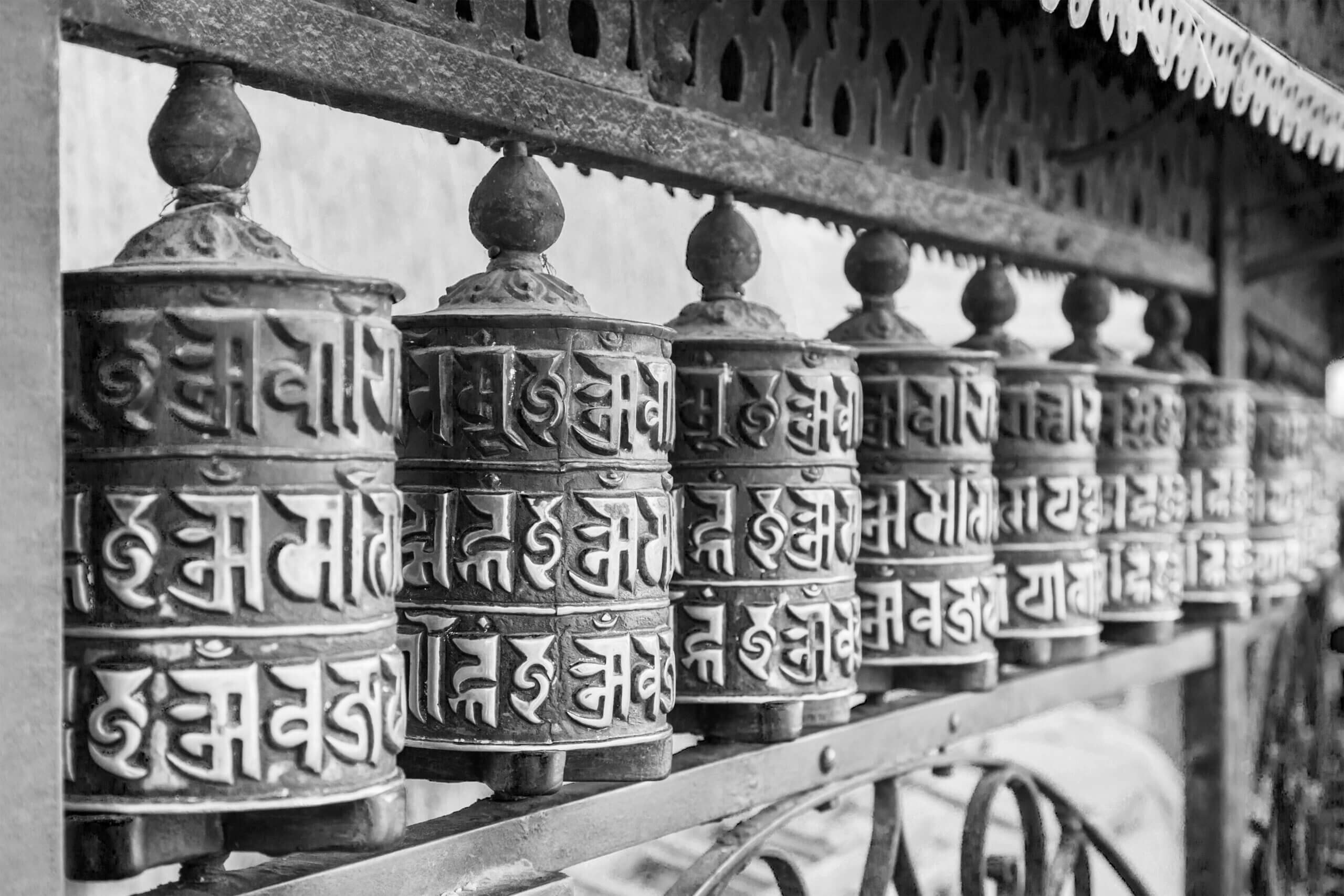
FAQs



Gurdjieff
Movements Seminars
Our weekend seminars offer an insight into the characteristics of the Gurdjieff Work. No prior knowledge of this discipline or other spiritual paths is required.
Participating in the Gurdjieff Movements is an extremely intense experience, especially for beginners. The dancers are confronted with their illusions in a complex way and learn to face and accept them honestly.
Registration
If you are interested in participating, please contact us using the form below.

Gurdjieff
Movements Seminars
Our weekend seminars offer an insight into the characteristics of the Gurdjieff Work. No prior knowledge of this discipline or other spiritual paths is required.
Participating in the Gurdjieff Movements is an extremely intense experience, especially for beginners. The dancers are confronted with their illusions in a complex way and learn to face and accept them honestly.
Registration
If you are interested in participating, please contact us using the form below.

Gurdjieff
Movements Seminars
Our weekend seminars offer an insight into the characteristics of the Gurdjieff Work. No prior knowledge of this discipline or other spiritual paths is required.
Registration
If you are interested in participating, please contact us using the form below.
Participating in the Gurdjieff Movements is an extremely intense experience, especially for beginners. The dancers are confronted with their illusions in a complex way and learn to face and accept them honestly.